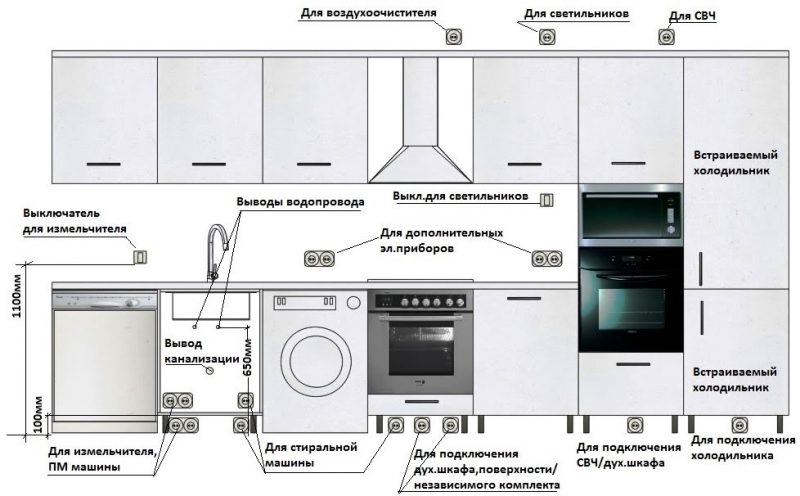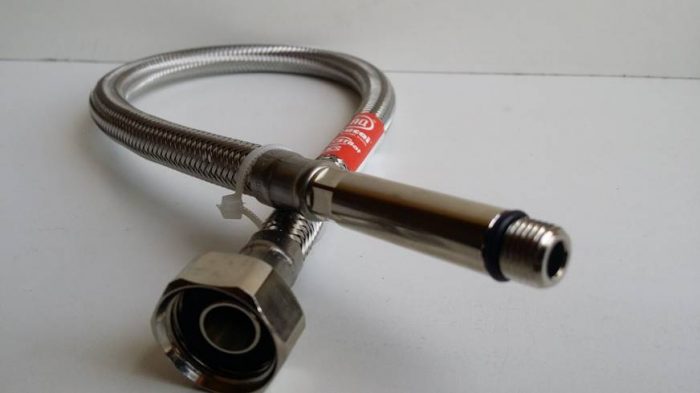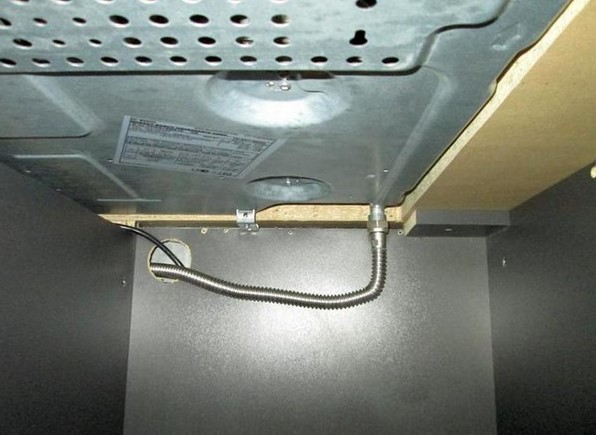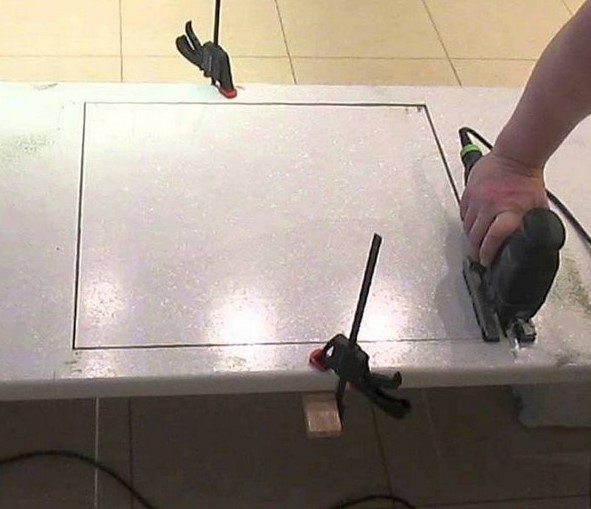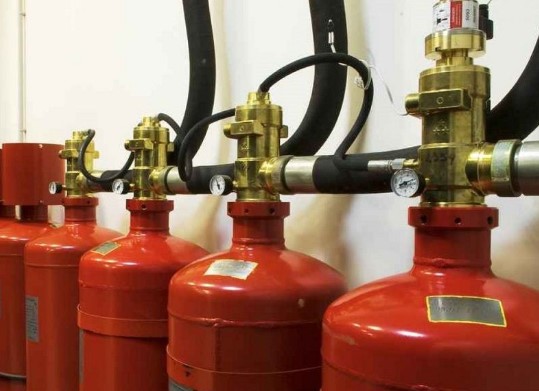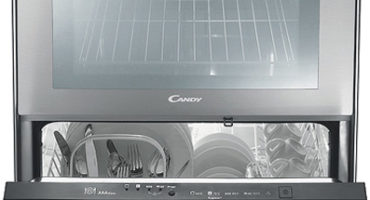A gas stove is a great invention for quick and convenient cooking. A user who knows how to hold a tool in his hands can fully cope with connecting the device himself. The main thing is to follow the rules and schemes developed for the installation of gas stoves and adhere to safety precautions.
Preparation for installation
Before installing the gas panel, it should be removed from the packaging, checked for mechanical damage. If everything is in order, you can proceed with the installation. But first, check the necessary documentation. To install a gas stove in your home, you need the following documents:
- passport of the owner of the house or apartment;
- certificate of registered residents;
- state certificate Registration
- certificate of registration of a residential property, certificate of ownership;
- subscriber’s book (if available);
- receipts;
- passport counter;
- gas equipment maintenance contract;
- registration certificate for the room.
A set of documents must be transferred to the city gas service, which will prepare and issue a new subscriber book, a contract for the provision of gas to a house or apartment. All items should be filled in the form, after which briefing on the operation of gas appliances is carried out. At the end of these procedures, a contract is concluded with the gas service, which gives permission to install the device. Then you can proceed directly to the installation procedure.
Essential tool
For independent dismantling of the old and installation of the new plate, you will not need any special tools. Here is a list of what you will need:
- adjustable wrenches;
- screwdriver;
- sealant;
- gas hose;
- gas winding.
To ensure the tightness of the hose connected to the pipe, it is important to choose a high-quality sealant. Loktayt or Fum Tape are best suited.
Important! It is advisable not to use flaxseed, because it does not have enough good characteristics to perform this function.
Dismantling old tiles
Before installing a new plate, it is necessary to disconnect and dismantle the old one. First, it’s important to turn off the tap. Its complete closure can be checked by turning on the burner. It is better to replace the old crane in the form of a petal with a spherical one - it is more reliable in everyday use.
That the handle of the new crane does not interfere with screwing, it should be removed. Next, prepare the sealant and a damp cloth. The latter is useful for closing the hole after removing the old tap. Before work, be sure to open a window or window.
When the preparation is complete, you need to unscrew the old tap and close the pipe with a damp cloth. Then it is necessary to clean the thread after the tap has been removed, apply a sealant. Next, you should act quickly, but carefully. You need to get a rag (do not be afraid that the gas comes out, this is what the window opens for) and screw a new valve onto the thread with the seal.
Be sure to check the quality of the connection and seal. This can be done with soap foam. Apply it to the connection, if soap bubbles appear, turn off the tap and see the density of the sealant. If there are no bubbles, the job is well done.If in the near future it is not planned to connect the plate, a stop must be placed on the crane.
Location and installation of the stove
Before installing the plate, adjust the legs to it, and then put it in the place where it will stand. You must act according to the installation instructions for the gas stove and leave the necessary distance from the wall.
The plate must be installed strictly horizontally and stand firmly on all four legs. This can be achieved using the building level and tightening the adjusting legs. You can also use special gaskets.
How to choose a hose
For self-installation, you can choose a rubber hose to connect the gas stove. Such a hose is flexible and is the most convenient in everyday use: it is possible to freely move the plate, if necessary, to a distance of up to five meters.
Due to the flexibility of the material, there is no need to worry about accidentally shifting the plate, as the hose will be a shock absorber that will not allow severe damage that could result in gas leakage.
Important! Rubber hoses are suitable for rather long operation: service life - more than 10 years.
Hose for use with a gas stove is available with a yellow mark up to five meters. This length is quite enough. Do not use products of unknown companies. It is better to spend one time on a certified product, which is guaranteed to last more than one year. It is also worth paying attention to the outlet of the hose to the plate and the thread, as they are different.
If you follow the regulatory documents, then according to the rules the hose should be a bellows. This means that it must be stretched in length, and also have a protective coating.
Installation and Connection Instructions
In an average kitchen, a gas riser or bottle is located in the corner. A welded pipe with a tap that extends away from the riser is called a down. A hose is connected to it.
If the plate is connected using a steel sleeve, then in this case it is better to call the wizard, since this method of connection is complicated and considered obsolete.
After installing the plate, you need to connect it to the lowering or the cylinder using a hose. To do this, a seal is applied to the fitting, after which it is screwed into the tap, which is located on the lowering. Then the opposite end of the hose is connected to the plate itself.
First, in the place where the hose and the plate should be connected, a special metal mesh is installed, which is usually sold with the plate. It is designed to protect the plate and a longer life.
If the thread on the plate is larger than on the hose, install an adapter with a gasket. If they are suitable in size, then a sealant is applied to the end of the hose and immediately screwed to the plate. Be sure to tighten the connection using an adjustable wrench.
If the connection takes place in the country, then the nozzles must be changed in the burners, since more liquefied gas is usually used outside the city. If the nozzles are large, then it is better to change them to smaller ones. This will allow the burners to smoke less, so the dishes will become soiled more slowly.
After connecting, it is worth checking whether the connection is securely made. This can be done using the above method with soap foam. In the absence of bubbles, the connection is made correctly.
How to safely integrate a gas stove into a countertop with your own hands
Many people are afraid of devices that contain gas because of the danger of leakage, so they want to entrust this matter to specialists. But the prices for the services of professionals are often very high.
In fact, there is nothing complicated in installing a gas stove.Even if you do not know how to properly connect a gas stove at home, you can do this by strictly following the safety instructions.
The first thing to do is to measure all surfaces. Often a convenient template is sold with the stove, which can be used to derive dimensions. But here it is better to use the rule "measure seven times - cut once."
Before choosing an installation location, it is important to ensure that the stove has access to open air and that water cannot get on the surface of the stove. It is also necessary that the appliance is at a sufficient distance from the furniture.
To make the correct cut, you first need to make a contour. Then it remains only to cut the panel with a saw. It is good to leave 1 mm around the edges for sealing treatment to protect the material from moisture and dirt.
Features of the use of the cylinder
In country houses, and often even in apartments, gas cylinders are often used instead of a gas pipe. They are sold empty, and are made of metal or composite materials. The tightness and quality of the cylinders are very high requirements, because they can serve as a source of fire.
If the gas cylinder has a volume of 50 liters, then its storage can only be carried out vertically on the street in a metal cabinet designed for this purpose. The cabinet must have openings for ventilation.
The cabinet must be installed on a special fireproof base, 15 cm from the ground, which eliminates subsidence. It is attached to the wall, and the distance to windows and doors should be at least half a meter.
If the volume of the cylinder is less than 40 liters, then it is allowed to install it in houses and apartments, but in a room in which there is no wiring. The gas cylinder must be connected to the stove at a distance of not less than half a meter. Also, the cylinder should stand 1 meter from the radiators and 5 meters from the open flame.
Before using the container, it is very important to study the features and rules when working:
- it is forbidden to leave a working cylinder unattended;
- Do not continue to use the cylinder if a gas odor or other malfunction is detected;
- it is forbidden to use the cylinder for other purposes;
- connection of the cylinder to improvised devices is prohibited;
- it is forbidden to use the cylinder if the serial number and barcode are erased;
- from time to time it is important to check the integrity of the cylinder valve;
- if the valve is frozen, it can only be heated with hot water;
- It is forbidden to use all contents of a cylinder. At the end of operation, a pressure of at least 0.05 MPa should remain in it.
Before you start working with the cylinder:
- make sure that the valve and the device itself are working;
- check for leaks;
- if a leak is detected, evaluate the self-repair. Sometimes for this it is necessary to tighten the thread or change the gasket. If this does not help, it is forbidden to use the cylinder; it must be repaired;
- if the gas supply cylinder is in good working order, slowly turn the tap.
When cooking is complete, the valve on the cylinder must be closed.
Important! A metal cylinder must be checked for good parts once every 5 years, a cylinder made of composite materials is allowed to be checked every 10 years.
Safety precautions
When connecting a gas stove, it is very important to follow fire safety procedures to avoid gas leakage and fire.
The gas hose must always be in sight; it is forbidden to close it. The gas pipe and hose must be accessible at all times for viewing. To hide them from constant looks, you can use a special box. But it is necessary that it can be easily opened at any time.
No unnecessary connections should be made, except those specified in the instructions. The hose should also not be painted.The hose may crack after a while. If you want to hide it, you can use sticky paper or oilcloth.
The hose is connected to the plate directly, no additional devices are allowed except an adapter. For using improper connections, they can turn off the gas, as well as write a fine for violating the rules for operating gas equipment.
Proper connection of the gas stove guarantees a long service life. In the absence of skills and confidence in compliance with all requirements, it is better to play it safe and call the wizard.



